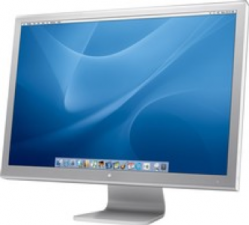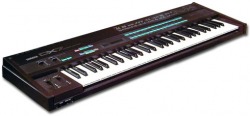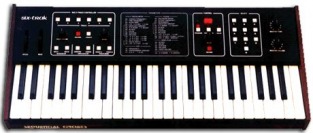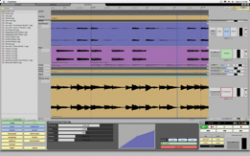More Recent Developments

MIDI-Musical Instrument Digital Interface-introduced in 1983-Set of standardized messages which allow different pieces of electronic music gear (including computers) to communicate with one another.
MIDI revolutionized the electronic music industry.
Intel Mac/PC personal computers.
USB Keyboards.
USB/Firewire Interfaces.
Yamaha DX7 Synthesizer

Revolutionized digital synthesis in 1983.
First reasonably priced digital synthesizer on the market.
Used FM (frequency modulation) algorithmic digital synthesis as a means of sound production.
Downside to this type of synthesis is that is is considerably more difficult to program and create sounds than earlier analog type synthesis.
Became the most popular synthesizer ever sold and topped over 200,000 sales worldwide.
Multi-Timbral Keyboards

Six-Trak Synthesizer from Sequential Circuits released in 1984 was one of the first multi-timbral keyboards on the market.
Multi-timbral=Allows for more than one sound or "patch" to be played simultaneously by a performer or computer.
When used in conjunction with the power of MIDI, a single multi-timbral instrument can perform all of the instrumental parts of an orchestration.
Allows the performer to layer different sounds or assign them in zones across the keyboard.
Digital Sampling

Digital Sampling-First introduced in the early 1980s, records a sound by representing it with a string of numbers.
CDs, Digital Audio Recording, MP3s, ipods
Digital samplers record sound by representing it with a string of numbers. (1s and 0s).
Once the sound is digitally recorded, it can be played back from a keyboard, computer or other type of controller.
(Digital Sampling will be discussed in greater detail in a later lesson).
Types of Digital Synthesis - (Will be discussed in detail in a later lesson)
-Subtractive
-Additive
-Wavetable
-PCM
-Physical modeling
-FM
-Phase distortion
-Waveshaping
-Vector
-Wave sequencing
-VAST
-Granular



